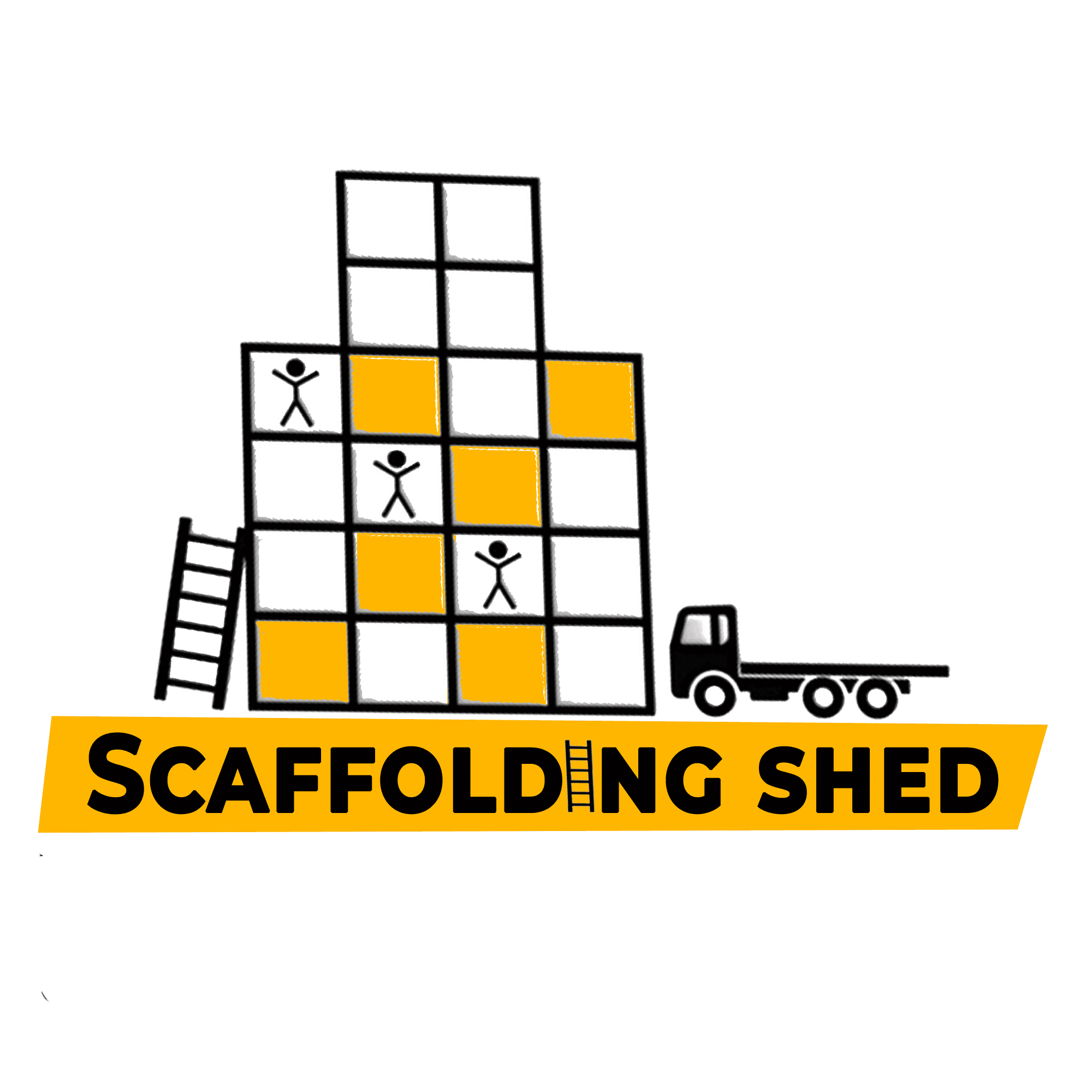New York City’s skyline evolves constantly. From façade repairs on brownstones in Brooklyn to high-rise construction in Manhattan, scaffolding is everywhere. For contractors, property owners, and developers, choosing the reliable scaffolding company is crucial for safety, compliance, and schedule. In this post, we’ll cover:
- The role and types of scaffolding services in NYC
- Legal & regulatory landscape
- Key criteria to evaluate a scaffolding company
- Common services offered
- Safety best practices & inspection
- Challenges and innovations
- How to select and hire a scaffolding provider
- A roadmap to working with scaffolding companies
The Role of Scaffolding in NYC Construction & Maintenance
Why is scaffolding indispensable
Scaffolding is critical for:
- Façade repair, restoration, and cleaning
- Masonry, brickwork, or repointing
- Window replacement or exterior glazing
- Painting or waterproofing exteriors
- Roof access during renovations
- Inspections and remedial work
- New construction where parts of the building are assembled externally
In NYC, with its dense street network, scaffolding not only supports construction but must also shield the public, ensure safe access, and integrate with urban infrastructure.
Types of scaffolding commonly used in NYC
- Supported scaffolds – platforms supported from below
- Suspended scaffolds – hoisted from above
- Sidewalk sheds – pedestrian protection during work
- Cantilever scaffolding – anchored from the building structure
- Rolling or mobile scaffold towers – for interior or lower elevations
- Custom scaffolding – adapted geometries for irregular façades
Legal & Regulatory Landscape in New York City
Scaffolding in NYC is governed by strict rules to ensure safety and compliance.
Building Department & permits
- Scaffolding requires permits from the Department of Buildings.
- Sidewalk sheds and public walkway coverings almost always require permits.
- A registered engineer or architect must stamp certain designs.
- Occupied buildings need a Tenant Protection Plan.
New York State Scaffold Law
- Known as Labor Law §240, this law imposes absolute liability on property owners and contractors if a worker is injured from a fall or falling object during elevation work.
- Even if the worker is partially responsible, the owner or contractor may still be held liable for any damages.
OSHA & safety standards
- Scaffolds must support at least four times the intended load.
- Inspections are required before use and after any modifications have been made.
- Guardrails, planking, and worker training are mandatory.
Services Scaffolding Companies Provide in NYC
Scaffold rental
Supply of frames, planks, braces, and accessories for short or long-term use.
Scaffold design & engineering
Custom designs, stamped drawings, and load calculations.
Erection, modification & dismantling
Safe assembly, adjustment, and dismantling by trained crews.
Inspection & maintenance
Regular inspections and preventive maintenance.
Sidewalk protection
Sidewalk sheds, netting, and debris containment to protect pedestrians.
Safety services
Training, fall arrest systems, and permit assistance.
Criteria to Evaluate Scaffolding Companies
- Licensing, insurance, and certifications
- Proven safety record
- Technical capacity and modern equipment
- Engineering and permitting support
- Responsiveness and coordination
- Transparent pricing and contract terms
Safety & Best Practices
- Scaffolds must support adequate load capacity.
- Guardrails, toe boards, and midrails protect workers and pedestrians.
- Inspections must be logged and performed on a daily basis.
- Workers require training and fall protection equipment.
- Debris netting and sidewalk sheds safeguard the public.
Challenges & Innovations in NYC Scaffolding
- Limited urban space makes staging difficult.
- Sidewalk sheds often stay up for years, creating visual clutter.
- Permitting delays can stall projects.
- Innovations include modular scaffolds, smart sensors, drone inspections, and lightweight materials.
How to Hire a Scaffolding Company in NYC
- Define the project scope.
- Get multiple proposals.
- Review safety and compliance history.
- Verify engineering and permitting capabilities.
- Conduct site visits and layout reviews.
- Negotiate clear contract terms.
- Monitor erection and inspection.
- Ensure safe dismantling and close-out.
Profiles of NYC Scaffolding Firms
NYC has a mix of large full-service providers, specialty façade scaffolding companies, rental-only suppliers, and hybrid firms that handle everything from design to dismantling.
Case Studies
Brooklyn brownstone restoration
Narrow sidewalks required lightweight modular scaffolding and off-peak installation.
Midtown high-rise glass replacement
Suspended scaffolding with counterweights and daily inspections ensured safety.
Commercial block façade renovation
Tenant protection plans minimized disruption during occupancy.
Future Outlook
- Tighter laws for shorter scaffold durations.
- Aesthetic improvements to sidewalk sheds.
- Increased use of prefabricated systems.
- Integration of smart monitoring technologies.
- Public demand for reducing long-term scaffolding clutter.
FAQs
Q: How early should scaffolding be planned?
At least 4–8 weeks before work begins.
Q: What is a sidewalk shed?
A pedestrian protection structure under construction zones.
Q: Do all scaffolds need engineer approval?
Not all, but complex or heavy scaffolds do.
Q: How often must scaffolds be inspected?
Before use, after changes, and after storms or significant events.
Conclusion
Scaffolding is the backbone of safe construction and maintenance in NYC. With strict laws, dense urban conditions, and high pedestrian traffic, hiring the right scaffolding company is more than a cost decision; it’s a matter of safety, compliance, and reputation.
